8.4 /10 1 Votes
Initial release date 1989 Genre Role-playing game | 4.2/5 My Abandonware Mode Single-player video game | |||||||||||||||||||||||||||||||||
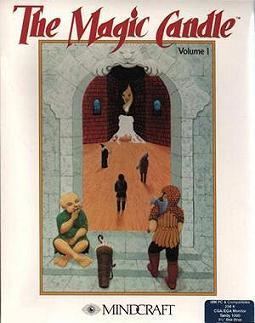 | ||||||||||||||||||||||||||||||||||
Platforms Similar Mindcraft games, Role-playing video games | ||||||||||||||||||||||||||||||||||
The magic candle pc dos 1989
The Magic Candle is a role-playing video game designed by Ali Atabek and developed and published by Mindcraft in 1989.
Contents
- The magic candle pc dos 1989
- The magic candle 2 story music
- Story
- Races
- Professions
- Realism
- Sequels
- Japan Release
- Reception
- References
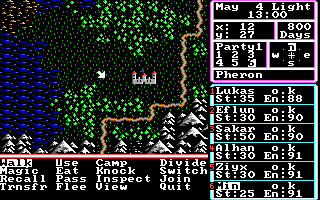
The magic candle 2 story music
Story
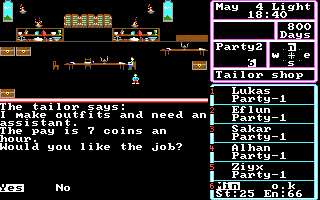
In the game, players must assemble a group of six adventurers and journey across the kingdom of Deruvia to keep the demon Dreax imprisoned in the eponymous magic candle, which has begun to melt. The game's world includes several towns and cities, two castles, and several dungeons and towers. Unlike many computer games, one wins not by defeating a final enemy, but by collecting the necessary items and learning the necessary chants in order to preserve the magic candle. Players begin with one adventurer, a human hero called Lukas. Additional adventurers can be found in the game's two castles. Much of The Magic Candle's fun derives from discovering exactly what is needed to preserve the eponymous candle.
Races
There are five races available in this game:
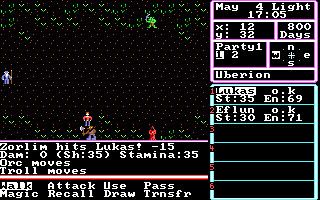
Professions
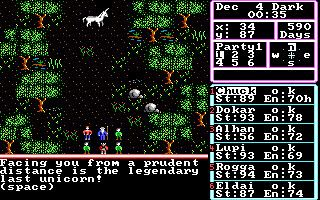
Realism
The Magic Candle is known to have several traits that increase the realism of the game and of the world of Deruvia:
Sequels
The Magic Candle was successful enough to have sequels: The Magic Candle II: The Four and Forty (1991), and The Magic Candle III (1992). The Keys to Maramon (1990) was an action-title spinoff. Bloodstone: An Epic Dwarven Tale, released in 1993, is a prequel to The Magic Candle. The series also spawned two spin-offs: Siege (1992) and its sequel Ambush at Sorinor (1993) are tactical strategy games, both taking place in the world of The Magic Candle.
Japan Release
Japanese company StarCraft, which specialized in localizing Western CRPGs, ported The Magic Candle to the Japanese PC-9801 computer. The port was released in May 1991, two years after the original release, with completely redesigned art and interfaces.
A Famicom game was also released in 1992 by Sammy Corporation under the title The Magic Candle, but it bears little resemblance to the computer versions and instead is a more traditional JRPG in the vein of Dragon Quest.
Reception
The Magic Candle was reviewed in 1989 in Dragon #148 by Hartley, Patricia, and Kirk Lesser in "The Role of Computers" column. The reviewers gave the game 3 out of 5 stars. Scorpia of Computer Gaming World in 1989 gave the game a very positive review, noting that killed monsters tend to stay dead, a welcome change from the "endless wave" of other CRPGs. Criticisms included the relatively slow combat and the inability to quickly find people or shops in town. The magazine later recognized it as 1989's Role-Playing Game of the Year, describing it as "extensive, well-written, and balanced". In 1993 Scorpia approved of the "superior nonviolent ending" and stated that the 1989 award was well-deserved.
Scorpia in 1993 was more critical of The Magic Candle III, with objections including a shortage of money at the start forcing the player to grind instead of questing, and imbalanced dungeons. She concluded that it "is a dull game" which failed to meet the expectations the first one set, "only for the hard-core fan of the series", and ended the series "on a mediocre note".
